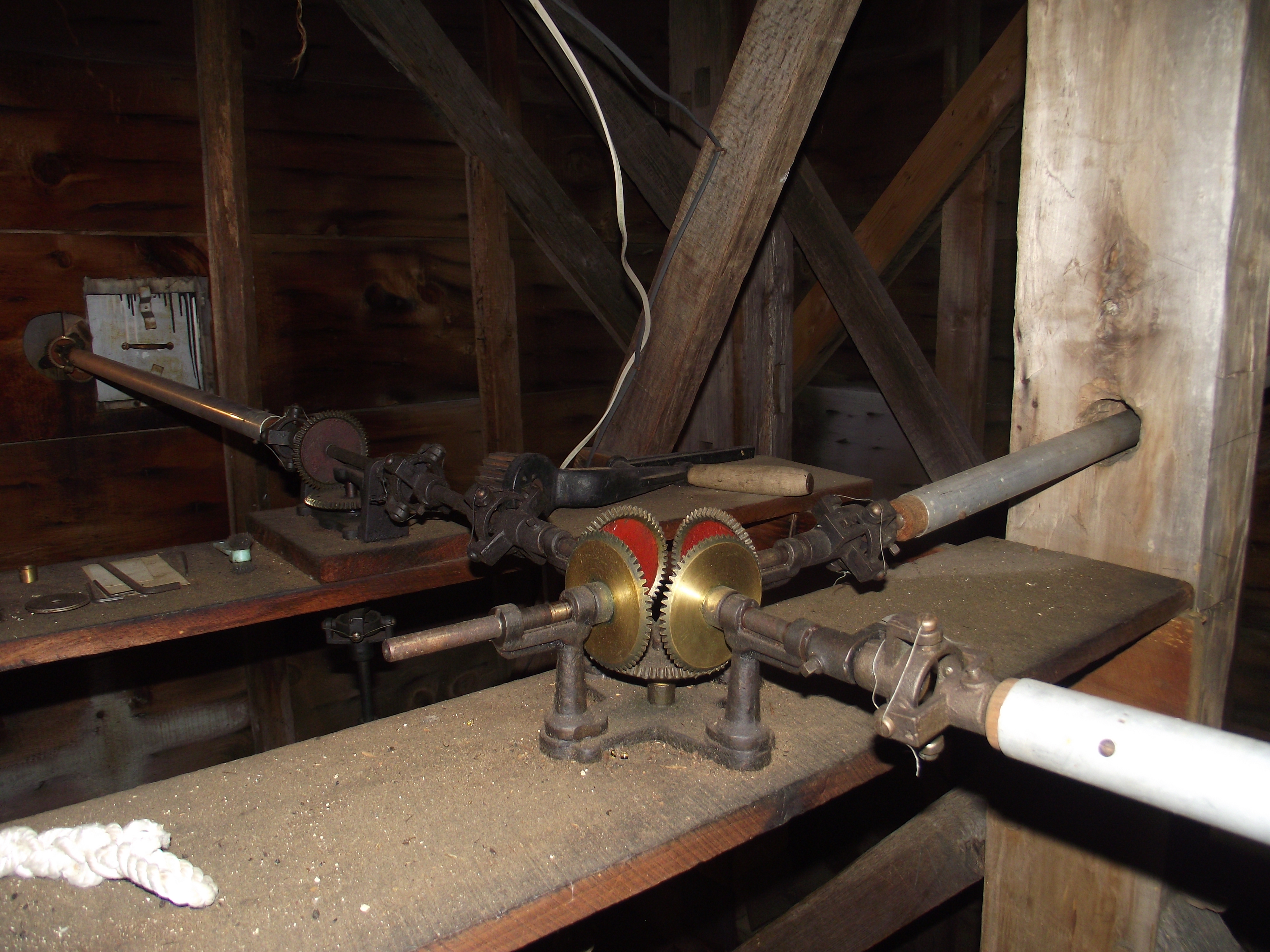History

GEORGE STEVENS ORGAN RESTORATION PROJECT NOTES (2020)
A DISCOVERY! Removal for storage of the huge, red-painted wooden pipes which form the back of the organ case revealed a surprise. The young New Gloucester boy who put his penciled signature on nearly all of those red pipes, also sketched a fully-rigged sailing ship on one of them.
Teenager George Edwin Whitman must have been engaged to help out when the organ was being installed in the balcony. We knew of him before this, from Historical Society research on Civil War soldiers from New Gloucester. He enlisted twice, but during his second hitch he was captured. He died at Andersonville Prison. How does the drawing of the ship connect to his Civil War service? He wrote the word “slaver” across the side of the ship.
GEORGE STEVENS TOWER CLOCK NOTES
The tower clock was installed in 1895, at the end of extensive renovations to the 1838 sanctuary. Stained glass replaced clear windows, curved pews replaced straight, classical-patterned wallpaper surrounded the ceiling tray, and wall-to-wall carpeting was installed.
The clock was a gift to the town from Deacon Valentine. The town kept it in repair for many years–or didn’t. The town relinquished ownership and responsibility for the clock in _______.
At some point in the 20th century, the box of rocks which served as the clock weight is said to have fallen through the ceiling of the tower, the ceiling of the balcony, the floor of the balcony, and the ceiling of the foyer/narthex, where it came to rest. The ropes holding it had rotted. (We still have the box of rocks, though….and I don’t mean just the box. We also have the original gear and wrench that were used to crank the box of rocks up to the top each week.) At that time, 1968, the ropes and weight were replaced and a motor installed. This motor’s only job is to pull the new weights back up to the top. Gravity still runs the clock itself.
The clock was made by George Stevens of Boston. Oddly enough, that’s the same name as the maker of the organ–though not the same person.
Click the image to enlarge and start the slide show.
Photos are by George J. Gard, Robert Cadigan, and Dr. Mark Beever.
250th ANNIVERSARY NOTES
This congregation celebrates January 16, 1765, as it’s birth-date. Which means that we are now 253 years old. From time to time, as we open up the records of this church to learn about the many individuals and experiences which have influenced its life and spirit, we hope to post here some articles, documents, observations and inquiries which may be of interest to members, friends and those interested in history and genealogy of New Gloucester and the Congregational Way.
HISTORY POSTS
IN THE BEGINNING — click blue type for a brief description of the events of January 16, 1765, with a transcription of the church covenant adopted that day
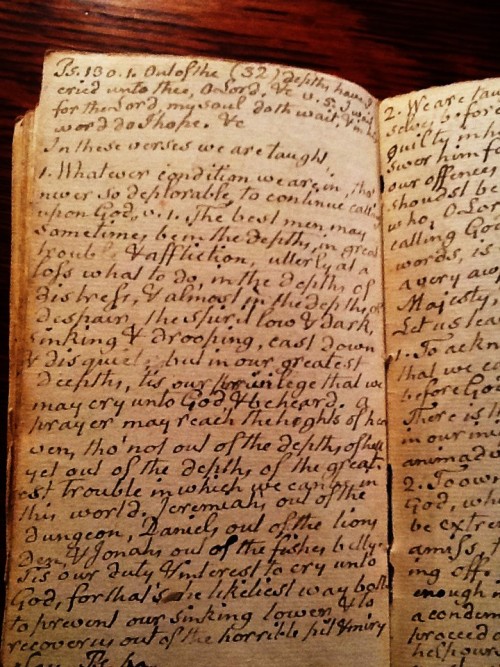
Samuel Foxcroft, opening lines of a sermon on Psalm 130
Mysteries, Solved, Lead to New Questions — click blue type for an explanation of the long-pondered question: Is the old pulpit that’s been sitting in the sanctuary narthex (church-speak for foyer), which we’re now using for the anniversary year, really the original pulpit used in the 1770 Meetinghouse? Here are some photo teases to convince you to click the blue title:
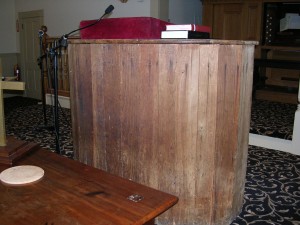
1770 Meetinghouse Pulpit?
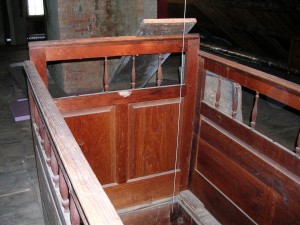
Panels from the Barnabas Winslow Pew, 1770 Meetinghouse
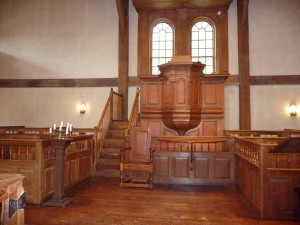
Pulpit of the Hingham, MA, “Old Ship” Meetinghouse
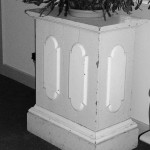
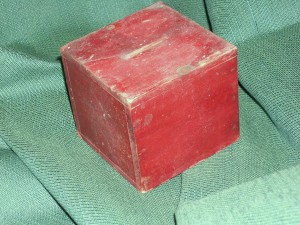
Collection Box found in Vestry Wall
Missions Collection Box — click blue type for Rev. Gard’s November 2014 Pastoral*e, which describes this collection box in some detail.
